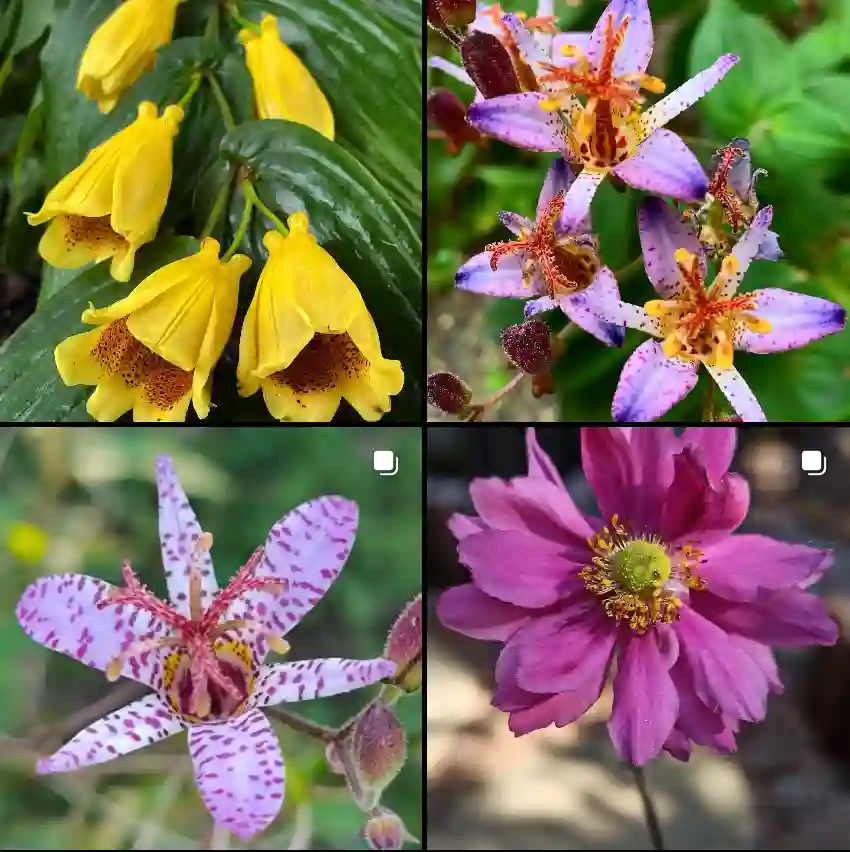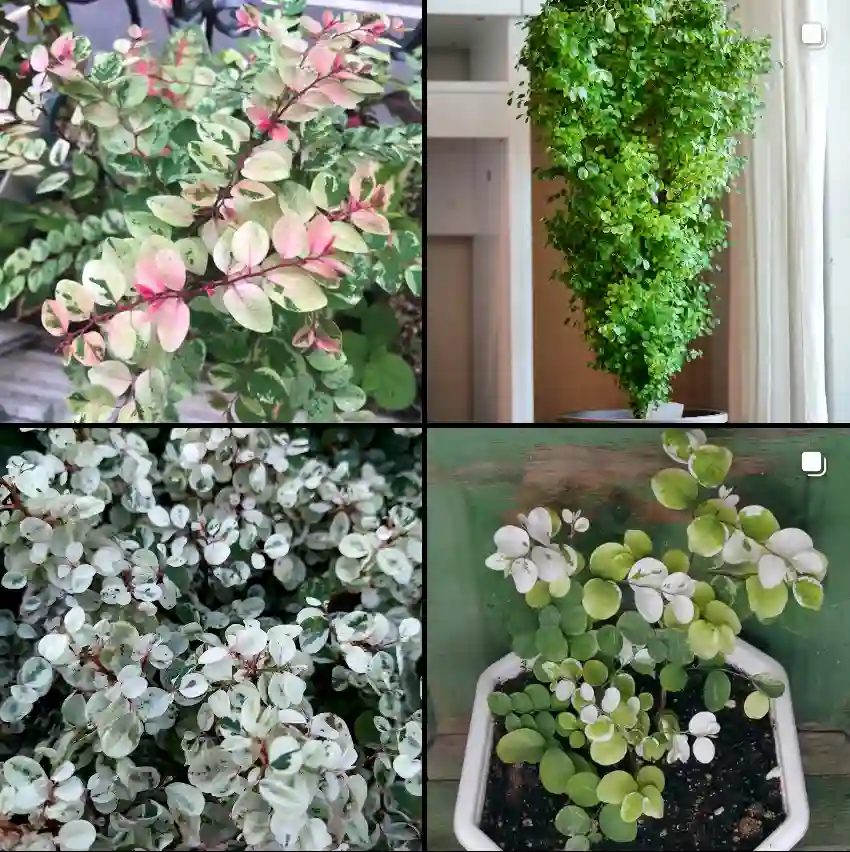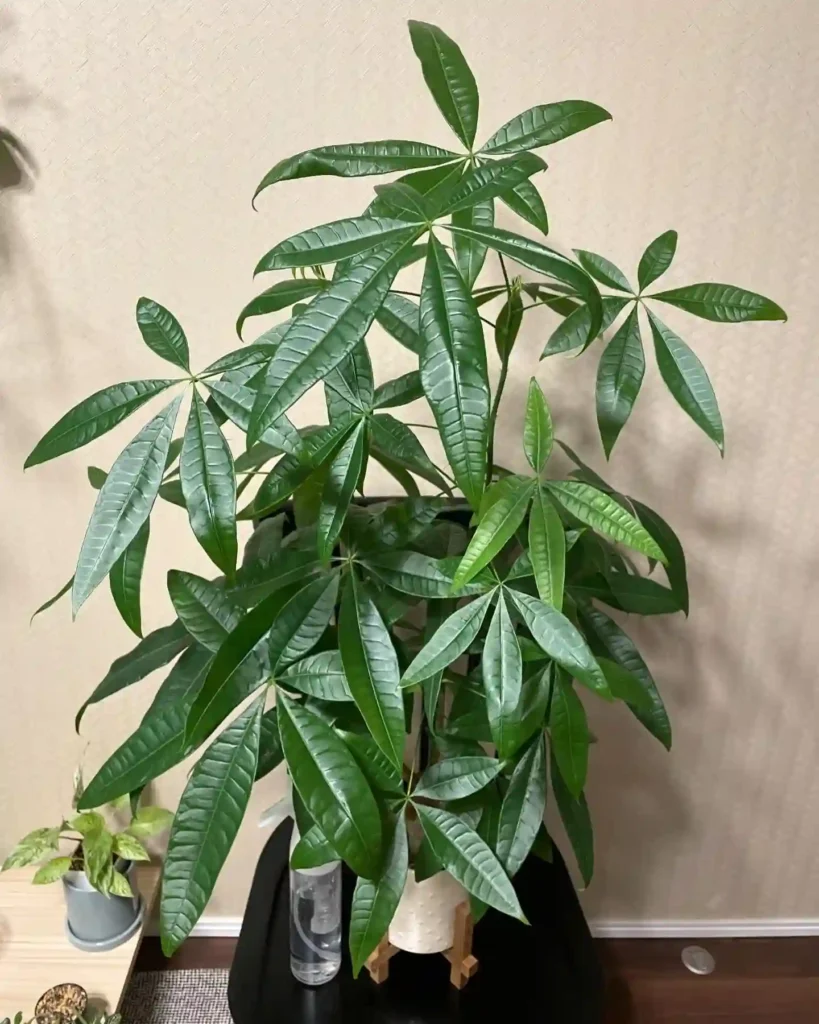FAQs About Hosoba Hoshifu Aucuba
I’ve been fascinated by the Hosoba Hoshifu Aucuba for quite some time now. This plant, known for its stunning foliage and adaptable nature, can be a wonderful addition to various garden settings. Here’s a comprehensive guide to help you understand and care for this intriguing plant.
What is Hosoba Hoshifu Aucuba?
Hosoba Hoshifu Aucuba, or Aucuba Japonica ‘Hosoba Hoshifu’, belong to the Garryaceae family, is a striking evergreen shrub native to East Asia. It’s known for its glossy, dark green leaves that often have yellow or gold spots, which is why it’s sometimes called “spotted laurel.” This plant belongs to the Garryaceae family and is popular for both indoor and outdoor gardens due to its resilience and ornamental appeal.
Plant Family: 2 Genera in Garryaceae
How to Care for Hosoba Hoshifu Aucuba?
Caring for Hosoba Hoshifu Aucuba is relatively straightforward. Here are the essentials:
- Light: It thrives in partial to full shade. While it can tolerate some direct sunlight, too much can scorch the leaves.
- Soil: Aucuba prefers well-draining soil. It can adapt to a variety of soil types but does best in slightly acidic to neutral soil.
- Water: Keep the soil consistently moist but not waterlogged. Allow the top inch of soil to dry out between waterings. It’s important not to overwater as this can lead to root rot.
- Temperature: This plant is hardy and can tolerate a range of temperatures. It prefers moderate climates but can survive in colder conditions down to USDA Zone 6. In colder areas, it’s best to mulch around the base to protect the roots.
- Fertilizer: Feed Hosoba Hoshifu Aucuba with a balanced, all-purpose fertilizer in the spring and summer. Avoid over-fertilizing, as this can cause leaf burn.
How to Propagate Hosoba Hoshifu Aucuba?
Propagating Hosoba Hoshifu Aucuba can be done through cuttings or seeds:
- Cuttings: Take semi-hardwood cuttings in late summer or early fall. Use a rooting hormone to encourage growth and plant the cuttings in a mix of peat and perlite. Keep the cuttings moist and in a warm, indirect light environment. They should root within a few weeks.
- Seeds: Sow seeds in spring, just on the surface of the soil. Keep the soil moist and warm. Germination can be slow, so be patient.
What to Plant With Hosoba Hoshifu Aucuba?
Hosoba Hoshifu Aucuba pairs well with other shade-loving plants. Some good companions include:
- Hostas: Their broad leaves complement the Aucuba’s foliage.
- Heucheras: These provide contrasting colors and textures.
- Ferns: Their delicate fronds add to the lush, green feel.
- Japanese Forest Grass: Adds a nice touch of movement and texture to the garden.
Benefits of Hosoba Hoshifu Aucuba
Hosoba Hoshifu Aucuba has several benefits:
- Low Maintenance: It’s a hardy plant that requires minimal care once established.
- Evergreen Foliage: Provides year-round greenery, which is excellent for maintaining garden interest throughout the seasons.
- Versatile: Suitable for both indoor and outdoor environments. It’s also good for adding color to shady spots where other plants might struggle.
Is Hosoba Hoshifu Aucuba Toxic?
No, Hosoba Hoshifu Aucuba is not considered toxic to humans or pets. However, as with all plants, it’s best to prevent ingestion and ensure that pets do not chew on the leaves.
Common Problems with Hosoba Hoshifu Aucuba
While this plant is quite resilient, it can experience some issues:
- Leaf Spotting: Yellowing or brown spots on the leaves might indicate overwatering or poor drainage. Ensure the soil drains well and adjust watering practices if needed.
- Pests: Watch for common pests like scale insects or spider mites. Regularly check the plant and use insecticidal soap if you notice any infestations.
- Root Rot: Overwatering can lead to root rot. Ensure proper drainage and avoid letting the plant sit in waterlogged soil.
Comparison with Similar Plants
Hosoba Hoshifu Aucuba is often confused with several other plants, such as:
- Aucuba Japonica: Aucuba Japonica is another species in the same family but can have different variegation patterns and growth habits.
- Euonymus: While Euonymus also has glossy leaves and can be used in similar garden settings, it typically has more diverse leaf shapes and is less tolerant of extreme shade compared to Aucuba.
I’ve found Hosoba Hoshifu Aucuba to be a fantastic choice for adding texture and color to shaded areas. Its ease of care and adaptability make it a valuable addition to any garden or indoor plant collection. If you’re considering this plant, I hope this guide helps you make the most of it in your green space.
If i die, water my plants!



